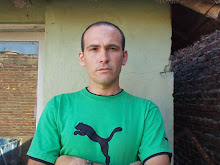skip to main |
skip to sidebar

MURALISM TRAVELING WORKSHOP. LA TALLERA
Followers
About Me

- Cristian Del Vitto
- Profesor en las especialidades de Dibujo, Pintura y Escultura . Muralista Argentino radicado en la provincia de Buenos Aires Argentina